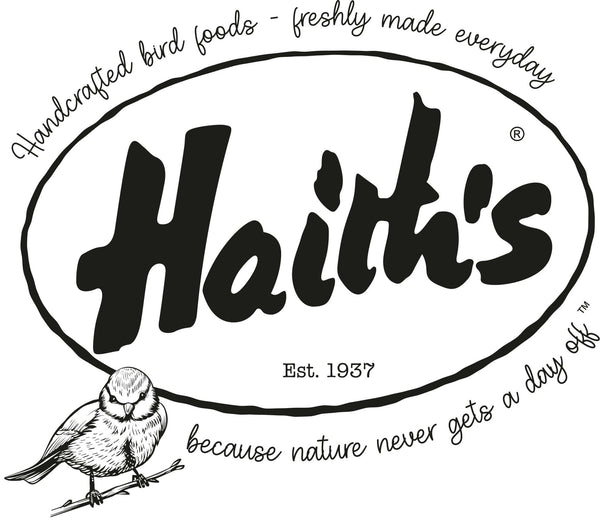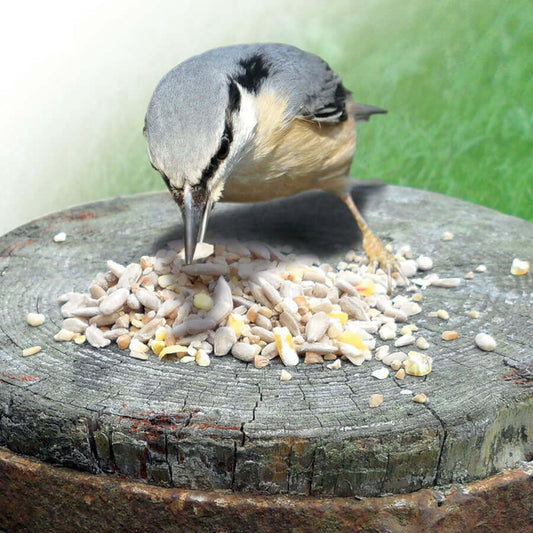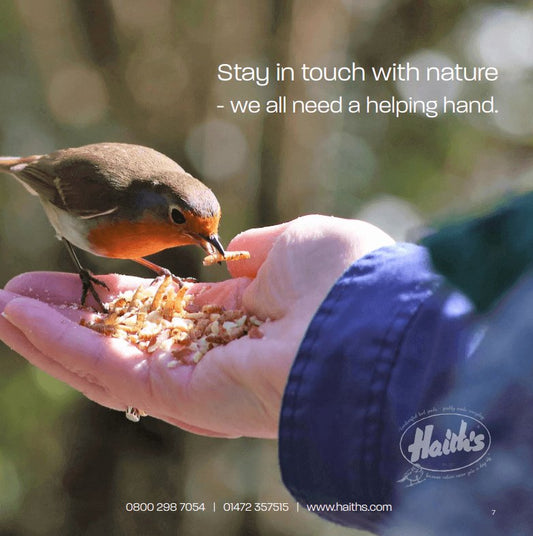Garden Birds in August: Tips for a Thriving Summer Garden
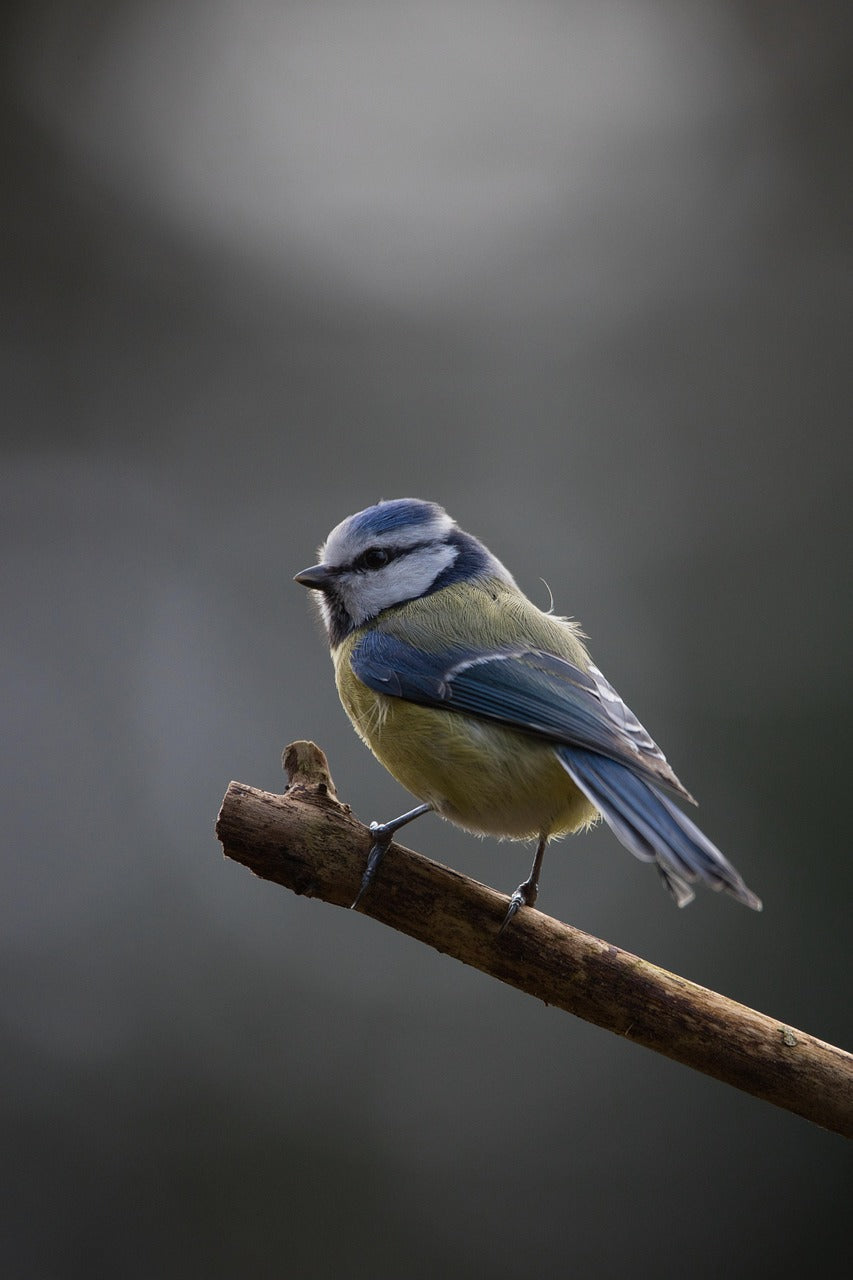
August is a wonderful time to enjoy your garden in full bloom and watch a variety of garden birds make the most of the late summer abundance. While many people associate bird feeding primarily with the colder months, providing food in August is still important for helping birds through their moulting period, supporting juvenile birds as they learn to forage, and preparing them for the leaner times ahead.
If you’re wondering whether you should still be putting food out or what’s best to offer, this guide will answer your questions and help you create a welcoming haven for your garden visitors.
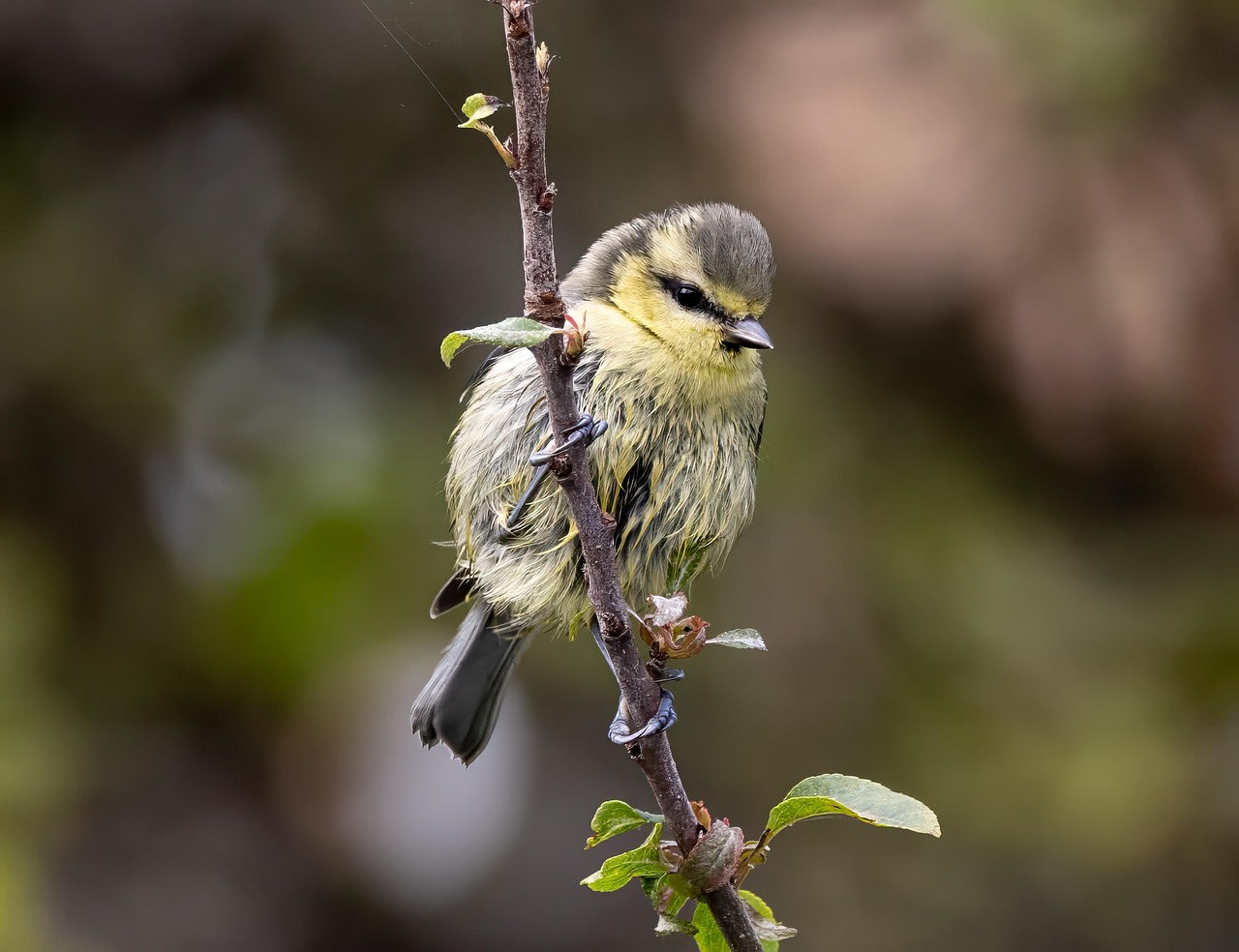
Should You Stop Feeding Garden Birds in Summer?
A common question is: When should you stop feeding garden birds in your garden?
The answer is that you don’t necessarily have to stop at all. There used to be advice suggesting you should stop in summer to prevent birds becoming dependent on feeders or to avoid disturbance during nesting. However, research and recommendations from wildlife organisations now agree that feeding garden birds year-round is beneficial, as long as you adjust what you offer and how you feed. During August, birds are often going through their annual moult, when they shed and regrow feathers. This is a stressful time requiring extra energy and nutrients. Additionally, many juvenile birds are still learning to find natural food sources, and your garden can provide a valuable supplement. The key is to offer appropriate foods and to maintain good hygiene to prevent disease. So, rather than stopping feeding altogether, think about switching to summer-appropriate foods and cleaning feeders frequently. This helps birds stay healthy and avoids problems with spoiled food in warm weather.
Why Feed Birds in August?
Here are some of the main reasons to keep your feeders stocked in late summer:
- Moulting Support: After breeding season, adult birds moult. Growing new feathers requires protein and energy. Having nutritious food available helps them stay in good
condition. - Juvenile Learning: Young birds born earlier in the year are starting to become independent. Feeders help them learn where to find food.
- Building Fat Reserves: Some species begin to prepare for migration by building up fat stores in late summer.
- Declining Natural Supplies: While August still has plenty of insects and berries, drought or heat waves can limit natural food availability.
A garden with consistent food and fresh water is a reliable resource that helps support local bird populations all year round.
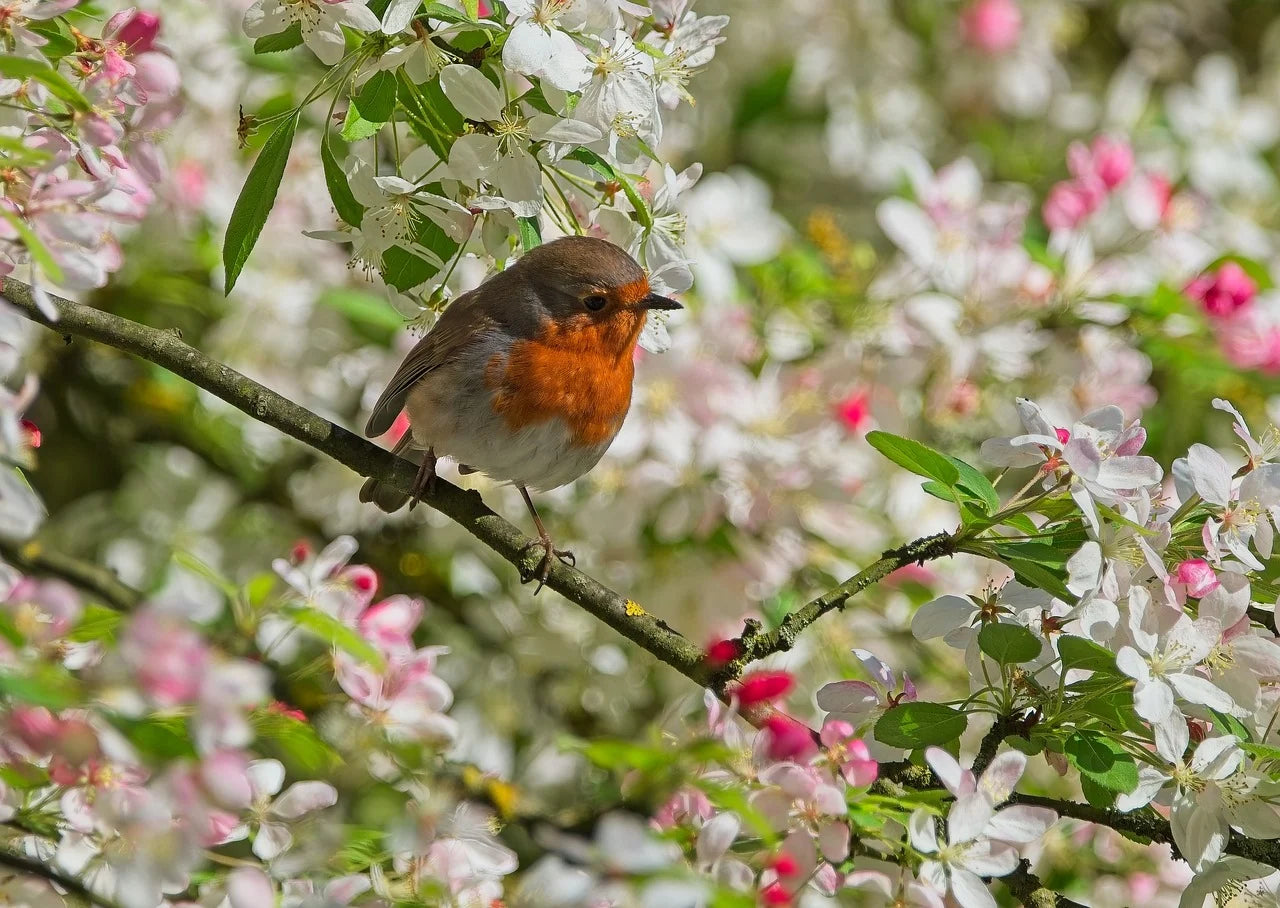
Best Food for Small Garden Birds
Small birds, such as blue tits, robins, wrens, and finches, have fast metabolisms and need energy-rich foods to maintain their strength. In August, you can offer a
variety of foods to cater to their needs:
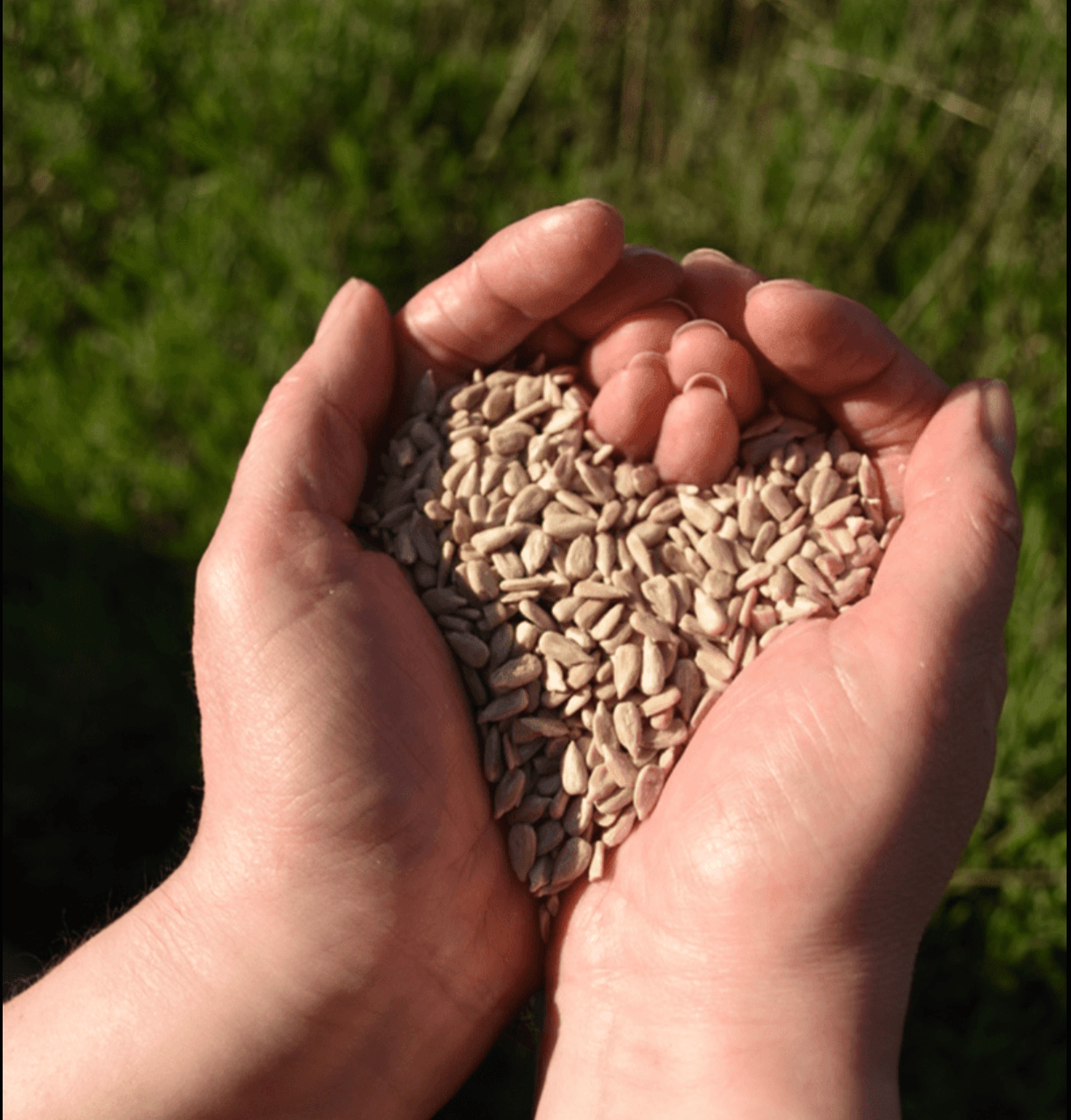
Sunflower Hearts
Hulled sunflower seeds (hearts) are packed with calories and easy for small birds to eat, with no mess left behind. They are particularly popular with finches and tits.
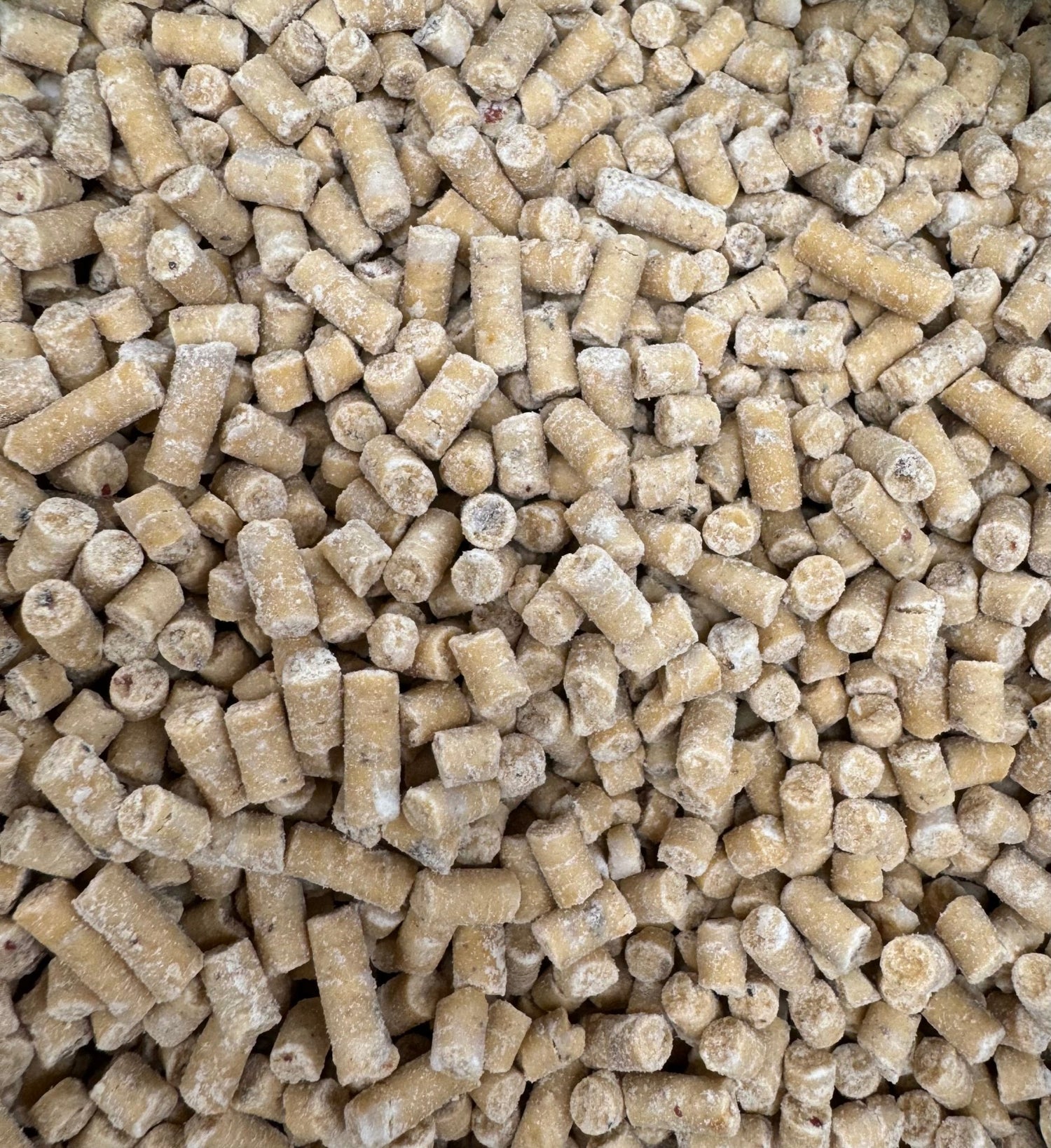
Suet Pellets & Fat Balls
Although you might associate suet with winter feeding, it can still be beneficial in summer, especially for moulting birds. Choose high-quality suet products designed for warm weather so they don’t melt or go rancid. Always remove nets from fat balls to prevent birds getting tangled.
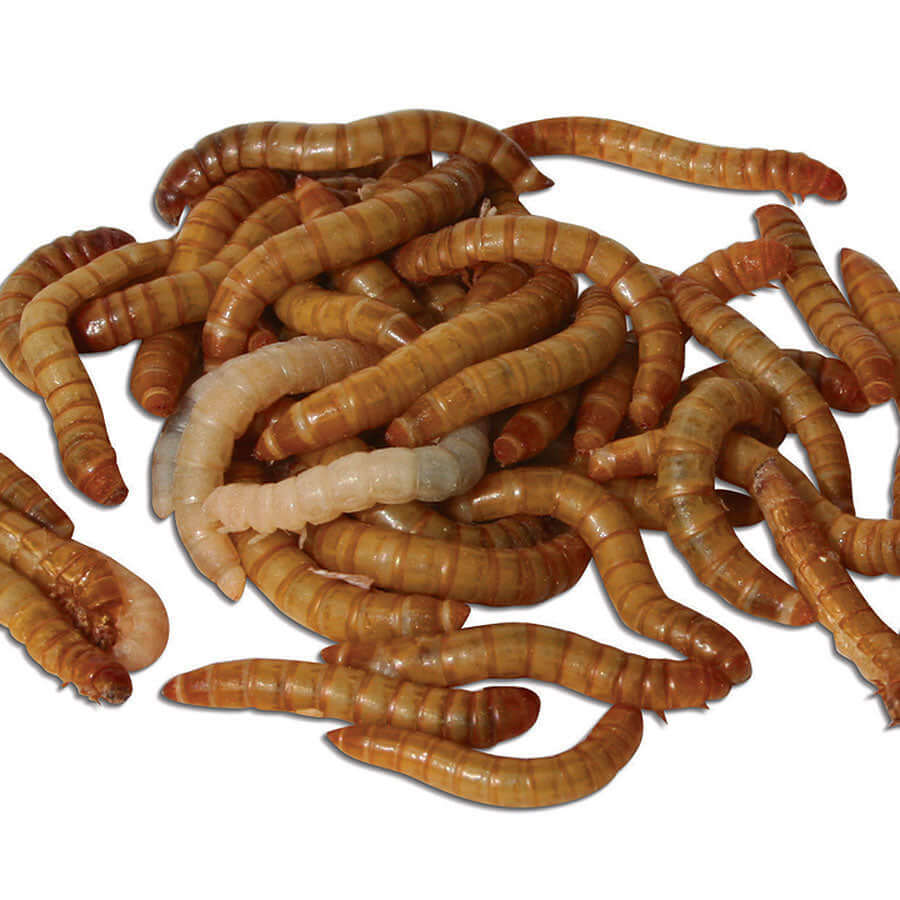
Mealworms
Dried or live mealworms are an excellent source of protein. Soak dried ones in a little water to make them easier for young birds to digest. Robins and blackbirds love them.
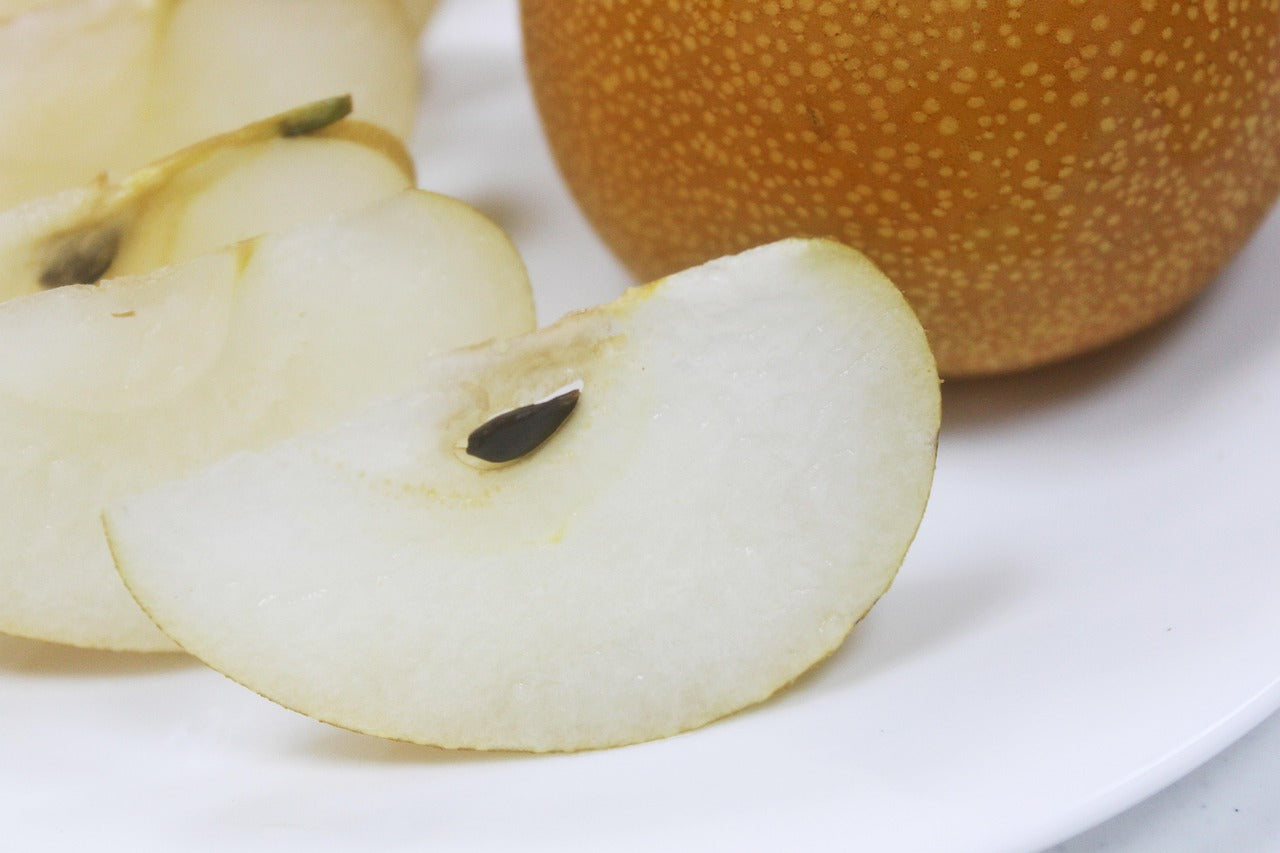
Soft Fruits
Offer small amounts of chopped apple, pear, or berries on a bird table. Be sure to remove any uneaten fruit daily to avoid attracting wasps or causing mould.
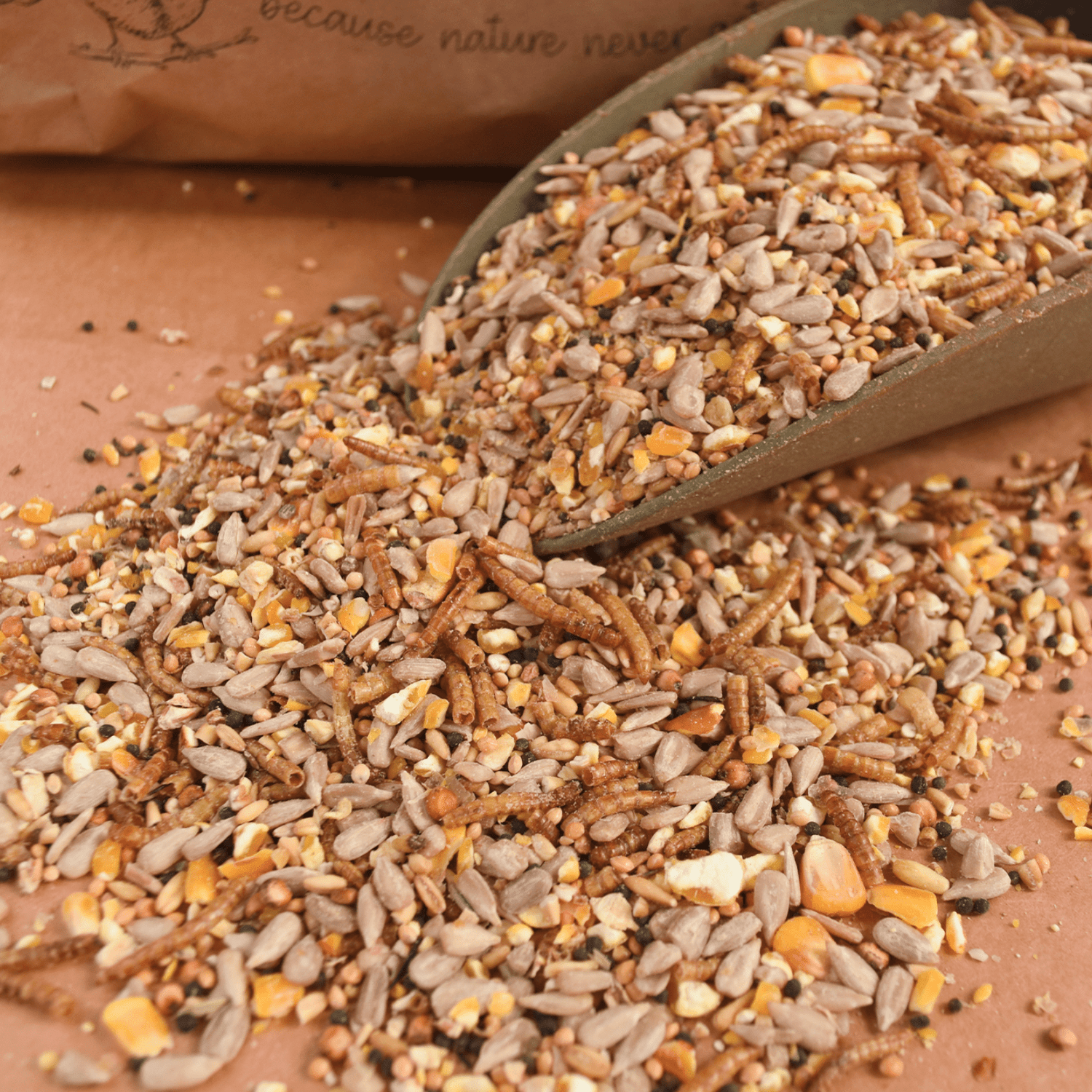
Spring/Summer Mix
Choose a good-quality mix containing sunflower hearts, kibbled maize, and millet. This will appeal to a wide range of small birds.
Tips for Feeding Birds in August
-

Avoid Overfilling
Only put out as much food as birds will eat in a day or two. This prevents spoilage and deters pests.
-

Provide Fresh Water
Birds need water for drinking and bathing,
especially in hot weather. Refresh water daily and scrub out bird baths to prevent algae and disease. -

Offer Food Early
Feed early in the day when birds are hungriest. This also means they have time to find other natural foods later.
-

Protect From Predators
Place feeders where cats cannot ambush birds. Use feeder guardians or cages to help smaller birds feed in safety.
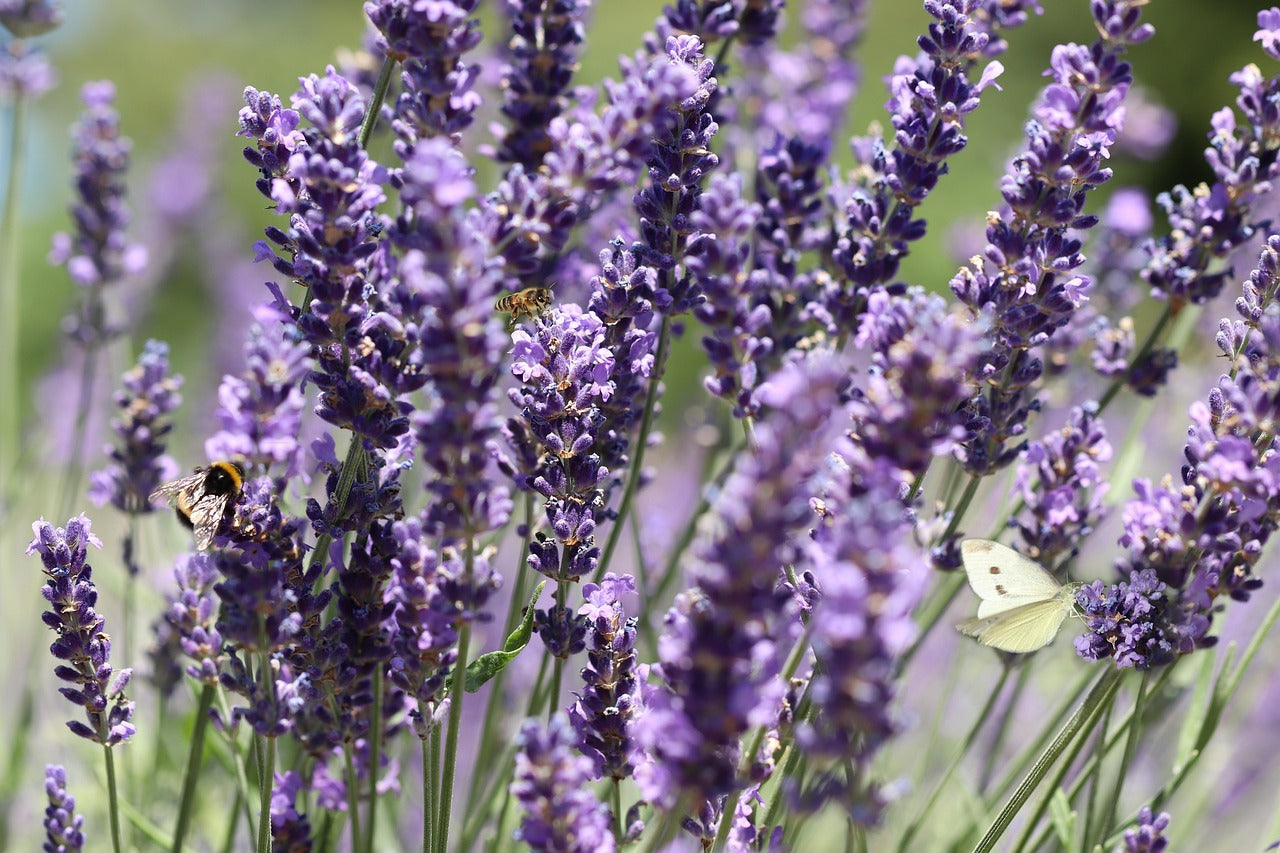
Creating a Bird-Friendly Garden in Late Summer
Feeding is only part of supporting your garden birds. You can also help them by planting nectar-rich flowers, shrubs with berries, and leaving some areas wild to provide shelter and natural foraging. Consider hedgerows for cover and food. Native wildflowers to attract insects. Piles of logs for insects and safe hiding spots. These elements combined with feeders create a healthy, balanced habitat.
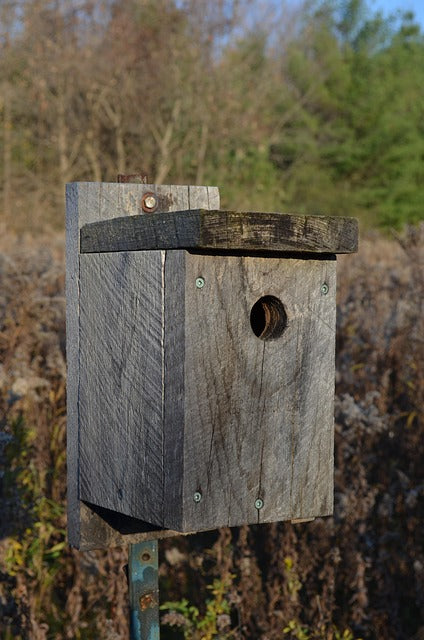
A Note About Nest Boxes
While August is past the peak nesting period, some birds may still raise late broods. It’s a good idea to leave nest boxes in place year-round, as they can be used for roosting in cooler weather. Avoid cleaning them out until after the breeding season ends, usually in September or October.
So, When Should You Stop Feeding Garden Birds?
In short: you don’t need to stop feeding them at all.
Instead, adjust your feeding practices seasonally. In August, continue to offer suitable foods, keep everything clean, and ensure plenty of water. As autumn approaches, gradually shift to higher-energy foods like suet and peanuts to help birds prepare for winter.
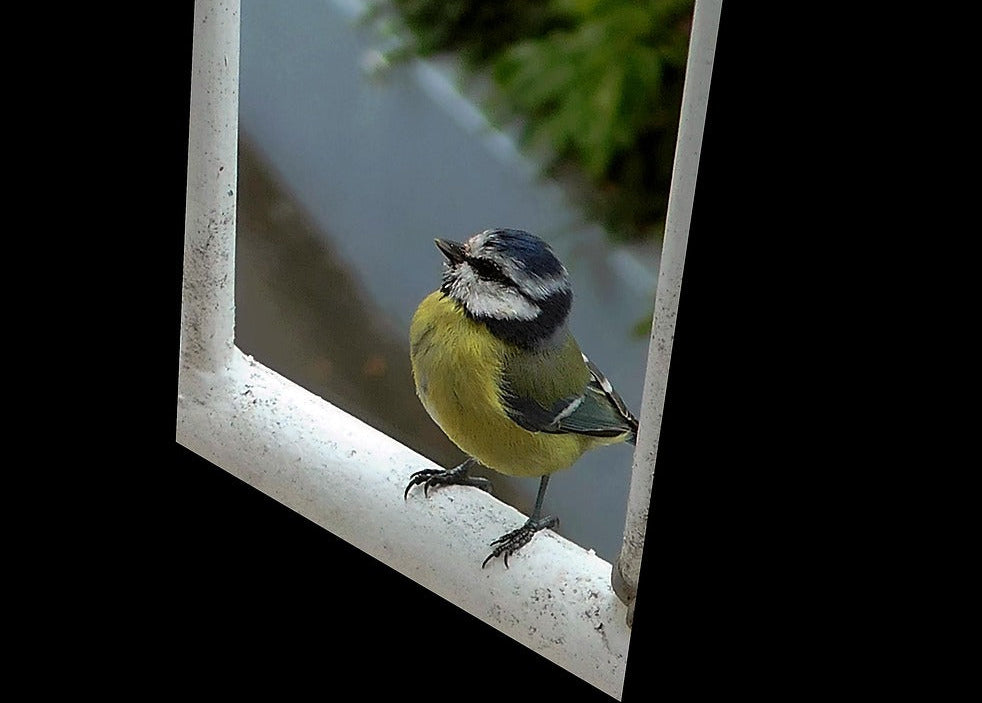
Enjoy the Season
Feeding birds in August is a rewarding way to stay connected to nature and support local wildlife. Whether you have a small balcony or a sprawling garden, a few feeders and a bird bath can make a big difference to birds’ survival and wellbeing. Take time to watch who visits – you’ll soon notice returning regulars and maybe even spot some young fledglings learning the ropes. With a bit of care and consistency, your garden will become a haven for birds all year round.
Shop your summer bird food here:
-
Huskfree Advance™ - No Mess Wild Bird Food
Vendor:HAITH'S TO HOME4.87 / 5.0
(151) 151 total reviews
Regular price From £6.99 GBPRegular priceUnit price / per£6.99 GBPSale price From £6.99 GBP -
Huskfree Advance™ with Mealworms - No Mess Mix
Vendor:HAITH'S to HOME4.86 / 5.0
(65) 65 total reviews
Regular price From £7.99 GBPRegular priceUnit price / per£7.99 GBPSale price From £7.99 GBP -
Premium Wheat-Free Bird Seed Mix - Now with Peanut Granules
Vendor:HAITH'S to HOME4.8 / 5.0
(66) 66 total reviews
Regular price From £5.99 GBPRegular priceUnit price / per£5.99 GBPSale price From £5.99 GBP -
Dried Mealworms for wild birds
Vendor:HAITH'S to HOME5.0 / 5.0
(35) 35 total reviews
Regular price From £6.29 GBPRegular priceUnit price / per£6.29 GBPSale price From £6.29 GBP
